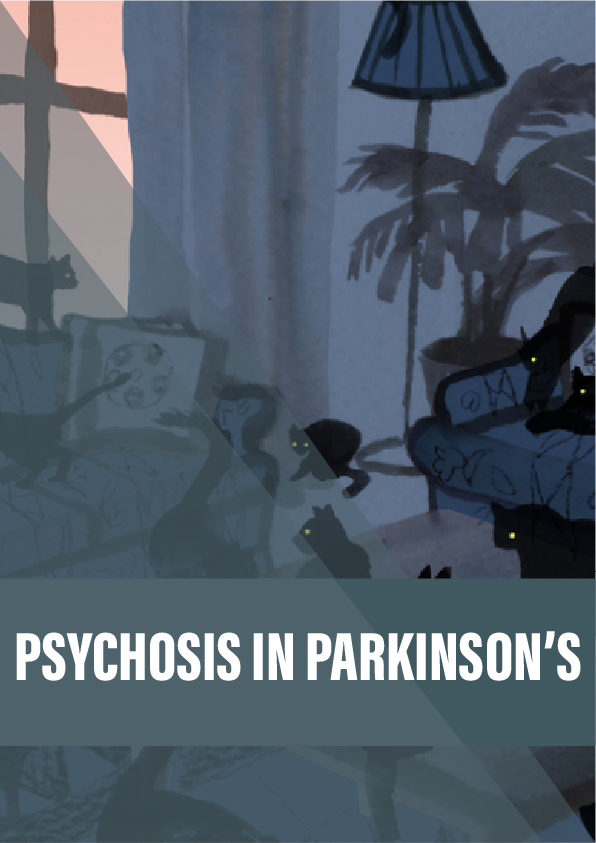Priyanka Pulla asks if there can ever be legitimacy in ‘quackery’.
Aditya Bandopadhyay has treated the sick for more than twenty years. He works in the village of Salbadra, in the state of West Bengal, India. He has no degree in medicine.
Bandopadhyay was trained in the rudiments of clinical medicine by a homeopath who also happened to practise modern medicine on the side. Bandopadhyay charges every patient just 10 rupees (15 US cents) per visit, notching it up to 20 rupees for house calls. His arsenal includes antibiotics, intravenous saline and chloroquine phosphate for the viral fevers, dysentery and malaria common in the region. But he doesn’t always give his patients medicines; sometimes he just advises them on personal cleanliness. “Tribal people are not very hygienic,” Bandopadhyay says. So he teaches them how to purify water, sprinkle DDT during outbreaks of mosquito-borne disease and use clean sanitary towels during menstruation. “If they come to my chamber, I first give them a dose of hygiene, and then give them a dose of medicine,” he smiles.
Bandopadhyay is a rural medical practitioner, one of an estimated 2.5 million in India who practise medicine without formal training. Among his ilk are people who have worked as assistants to doctors, those who inherited the use of traditional systems of medicine such as Ayurveda and homeopathy from their parents, and graduate lab technicians who switched to healthcare. None of them are doctors by any definition. They are entrepreneurs who have picked up bits and pieces of medicine through informal apprenticeships and built up large practices on their own. Or, in the words of the Indian Medical Association, they are ‘quacks’.
Yet their popularity remains steadfast in their communities. They fill a void in India’s healthcare system that cannot be ignored. And rather than mocking, berating and clamping down on them, at least one organisation is planning to harness them.
For the past couple of months, Bandopadhyay has attended a training programme that may transform the way he goes about his work. It teaches rural practitioners the basics of medicine, from human anatomy to pharmacology, giving them the theoretical knowledge that they lack. Run by the West Bengal-based nongovernmental organisation Liver Foundation, it aims to equip people like Bandopadhyay with the skills to treat acute cases of common illnesses, and, crucially, help them judge when their patients need to see real doctors.
Reference:
- The study by Jishnu Das and colleagues, which found that unqualified practitioners tend to prescribe unnecessary antibiotics less often than qualified doctors.
- A study by Meenakshi Gautham, which finds that people in rural areas first approach unqualified medical practitioners for their healthcare needs.
- The summary of a study by Meenakshi Gautham and colleagues that looks at the vast differences in education and practice of informal providers across India.
- A working paper by K V Narayana, which captures many of the concerns of the Indian medical community about rural medical practitioners: that they encourage the practice of commissions, overprescribe antibiotics and intravenous treatments, and are politically too well connected to attract regulatory action.
- A study that looks at the pros and cons of treatments by rural medical practitioners, with case studies of when the treatment helped and when it caused major harm.
- The IMA’s official position on unqualified medical practitioners, along with links to major Indian court judgements against such practitioners.











